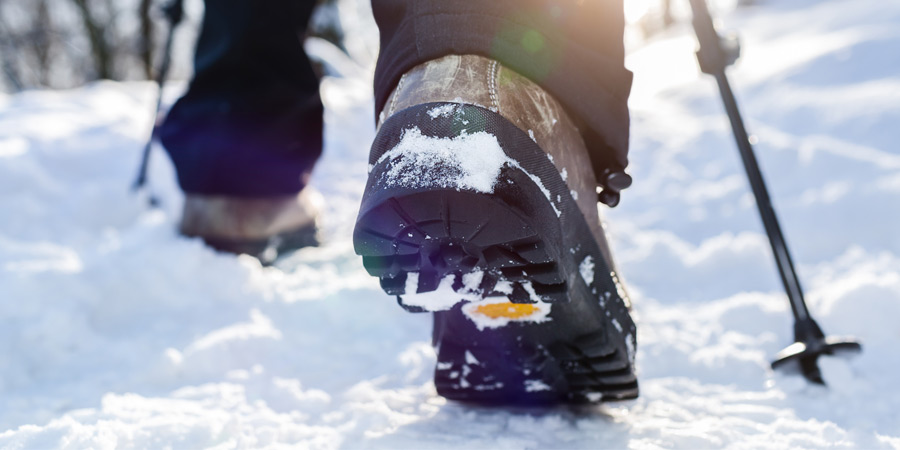Leaves of three? Let them be. Avoid poison ivy and other poisonous plants.
Types of poisonous plants
Poison Ivy
- Three leaflets connected to a single stem
- Young leaves are light green and have serrated edges
- Grows as a vine or shrub
- Leaves turn bright red in the fall
- White berries can be found on the plant
- In the wintertime, leaves will be gone, but red, hairy roots and white berries become more visible
- Found in all parts of the United States except California, Hawaii and Alaska
Poison Oak
- Three leaflets connected to a single stem
- Leaves resemble oak tree leaves
- Grows as a vine or shrub
- In the winter months, poison oak will lose its leaves and have fuzzy, reddish-brown sticks with alternating stubs
- Found on the West Coast and Southeastern states
Poison Sumac
- Nine to 13 leaflets per stem
- Leaves are round with pointed tips
- Grow as a shrub or small tree
- In the winter, poison sumac will be leafless. Look for thin, empty stems hanging from branches that look similar to grape stems
- Found in swampy areas of the Southeast
![Poisonous Plants [Infographic]](https://acrt.com/wp-content/uploads/2017/10/poisonous-plants.jpg)




